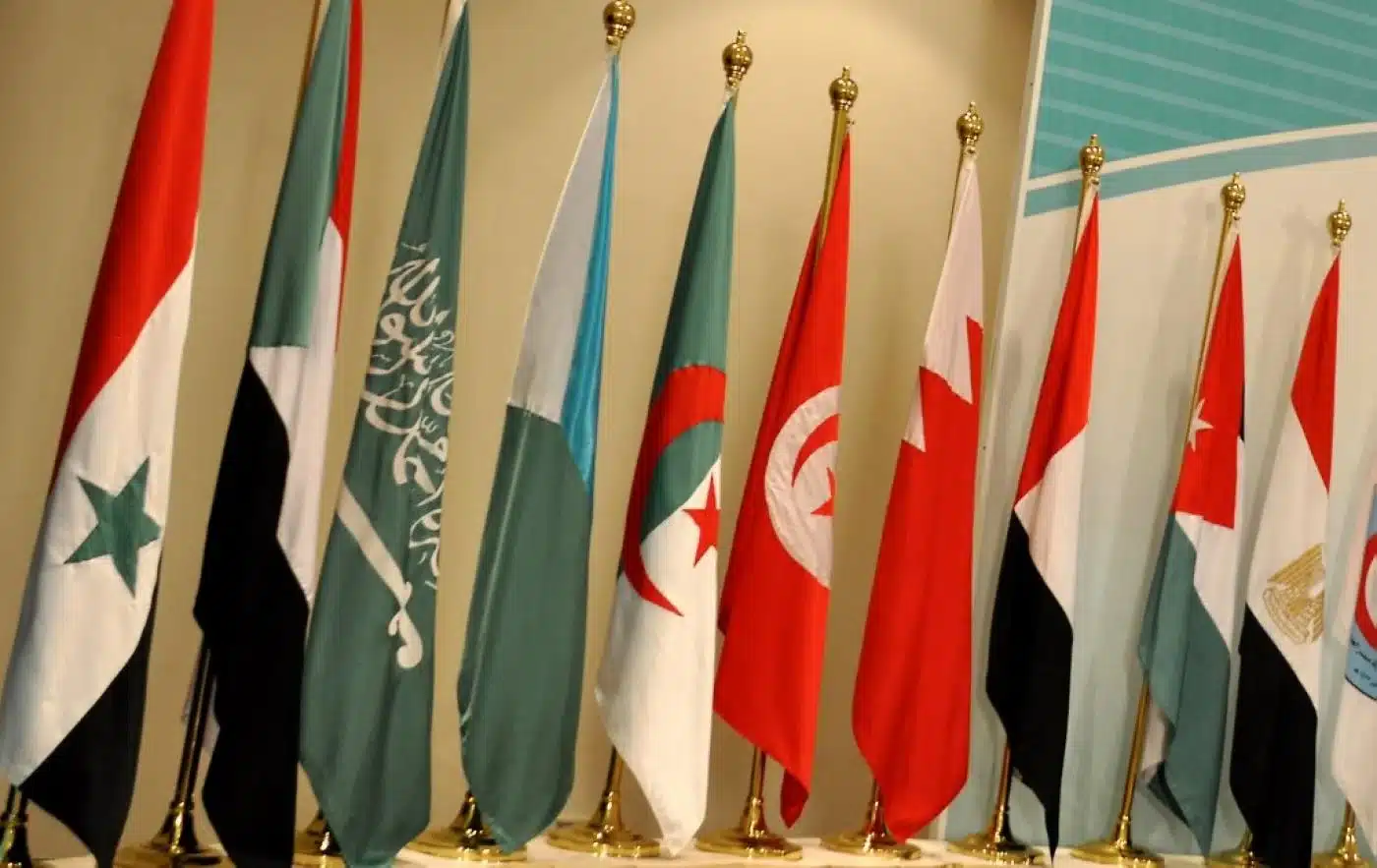The Middle East is a diverse region with numerous cultures and languages. The majority of countries in the Middle East are also predominantly Muslim, which explains why most Middle Eastern flags within the region feature an Islamic design. There are, however, some variations among these flags that set them apart from one another.
In recent weeks, countries in the region have become tiresome of Biden’s “beggar act” after asking Saudi Arabia and Opec+ to produce more oil and gas to combat shortages amid the ongoing Russia-Ukraine war. Today, Opec nations produce around 30% of the world’s crude oil. Saudi Arabia is the biggest single oil producer within Opec, producing more than 10 million barrels a day.
While all national flags are inherently important, some are more significant than others. The Middle East is a region renowned for its rich culture and tradition, and these traditions are most visible in the way countries choose to represent themselves. National flags are a powerful symbol, with this significance only increasing when it is used in contexts such as war. As such, it is important to understand the significance of every flag in the region, as well as its design and use.
National flags are important symbols in every part of the world, but they have particular significance in the Middle East. The region is home to a number of different cultures and languages, but the majority of its countries are also predominantly Muslim. This has led to a number of commonly used Islamic symbols being included in the design of many national flags in the region. The most popular Islamic symbols used in Middle Eastern flags are the crescent moon, the star and the colour green. National flags in the Middle East are therefore important both as symbols of Islamic culture and as a means of expressing the history and identity of each country. National flags in the Middle East are also important for their symbolic value in times of conflict. When two or more countries are engaged in a war, each side will usually fly its national flag as a means of declaring its presence. When this happens, the flags are most commonly placed on land, be it on buildings or on large poles. National flags that are flown on land are also often accompanied by the raising of other symbols, such as the raising of hands by soldiers.
Although the designs of Middle Eastern flags vary, there are a number of features that are commonly found across the region. This symbol is present in the flags of many countries, including Algeria, Bahrain, Saudi Arabia, Oman and the United Arab Emirates. Another common Islamic symbol found in Middle Eastern flags is the star. This is most commonly used in the flags of Syria, Palestine and Yemen, although it is also present in the coat of arms of Iran. Although green is not an Islamic symbol, it is a colour that is commonly found in Middle Eastern flags. This colour is seen in the flags of Iraq, Jordan, Palestine and Saudi Arabia. A number of Middle Eastern flags feature Arabic calligraphy, with the most common being the writing of the word “Allah”. This is found in the flags of Bahrain, Kuwait, Saudi Arabia and Yemen.
Emblem and seal symbols are often present on Middle Eastern flags. An emblem is usually a symbol that is depicted on a shield and is often found in the top left-hand corner of a flag. A seal is more often found in the centre of a flag, usually on a round disc. Commonly used emblem and seal symbols in the Middle East include the crescents and stars of the Ottoman Empire, the Star of David and the Egyptian Sphinx. The crescents and stars of the Ottoman Empire are present in both the flags and emblems of Kuwait, Bahrain, Syria and Saudi Arabia. The Star of David is found in the flags of Israel. The Egyptian Sphinx can be found in both the flags and emblems of Egypt.
National flags are important symbols that help to define the culture and identity of the people of a country. The Middle East is a diverse region in which many different cultures, languages and religions are represented. The majority of its countries are also predominantly Muslim, which is reflected in the fact that most national flags in the region feature Islamic symbols. Although the designs of flags in the Middle East vary, there are a number of common features that are found across the region. These include the presence of Islamic symbols, the colour green and the use of Arabic calligraphy.
Image Credit: AFP



















